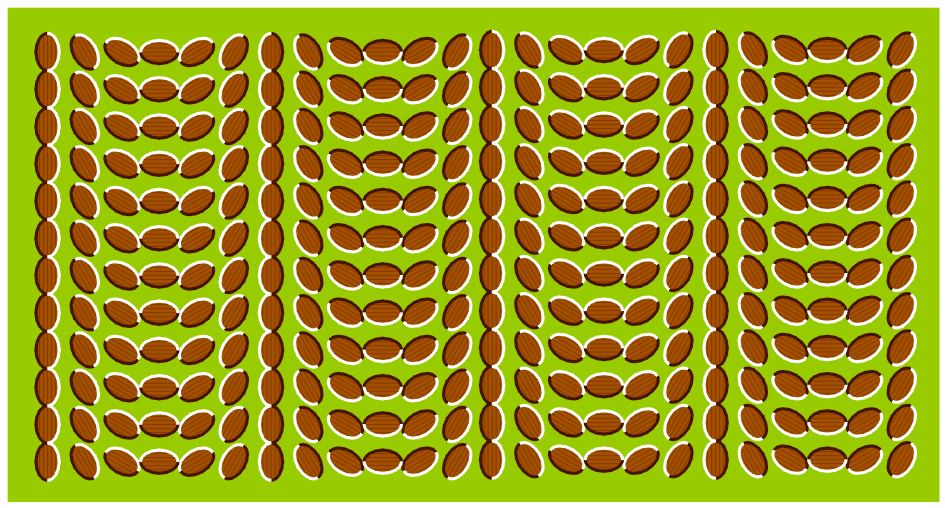For me, doing the research for this book was a crash course in psychology, neuroscience, physics and chemistry. Sure, I learned how to do some cosmic sleight of hand, but mostly, I learned about the brain.
Most magic tricks, I discovered, rely on 7 main techniques to achieve their effect. These techniques go beyond just quick hands and stagecraft. They are the true tools that enable those performance skills to work. Here they are:
- Optical misdirection
This is a biggy.
Let's try it right now. Look around the room in which you find yourself at this moment. Study the scene in front of you. Then close your eyes and try to describe everything that’s there. When you reopen your eyes, chances are you will not have omitted several objects, even though they are all in plain sight. That’s because most people really only pay attention to what their eyes are focusing on. For example, if you’re looking at a scrumptious slice of cake, you may perceive the table, the napkin, and the nearby vase of flowers, but you won’t see them.
Magicians take advantage of this natural tendency by directing your attention to a certain spot. While you focus on that spot, the magician is busy working the trick somewhere else.
- Psychological misdirection
Magicians intentionally mess with your ability to make accurate predictions. They build suspense to speed up your heart rate and get adrenalin flowing, factors that make it harder to think logically. They use very casual gestures to disguise the importance of a particular action, and tell stories that distract you from what’s really going on. They provide false explanations for events so that you wind up expecting the wrong outcome.
- Optical Illusion
Scroll to the bottom of this post to see one of my all-time favorite optical illusions - the rippling curtain. If someone asks me nicely, I'll provide the explanation for how it works in a future post.
- Cognitive Illusion
- Chemistry
- Mathematics
- Physics
My all time favorite magic effect comes from this category - but I couldn't include it in the book. Why? Because we wanted Magic Up Your Sleeve to be totally safe for even young kids, so anything that could have been remotely dangerous was set aside. We had so many tricks to choose from, it wasn't hard to find foolproof alternatives..except for this one. It relies on a light bulb and a woolly mitten and....
I'll post that one in a few days too. :)
Now:
Here's my fave optical trickery, the Rippling Curtain:






No comments:
Post a Comment